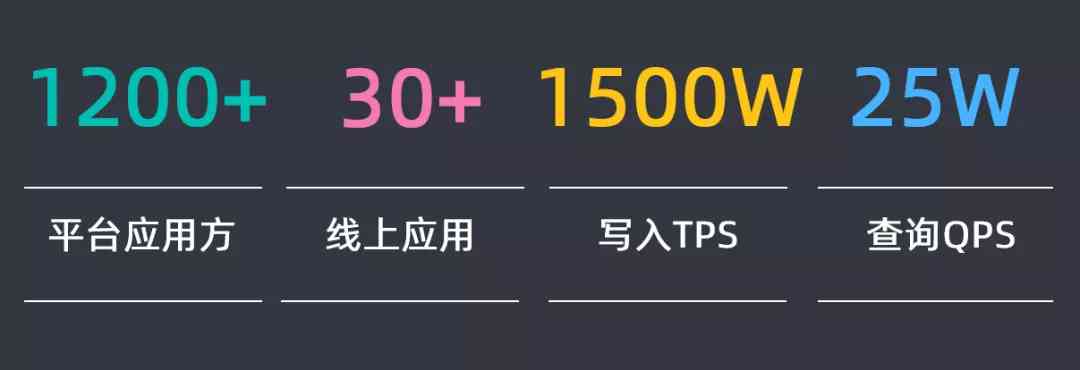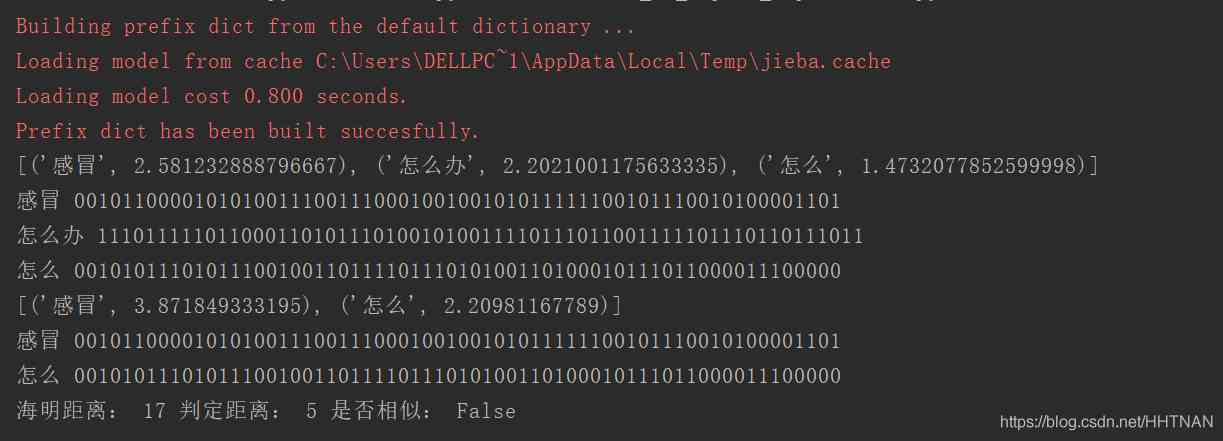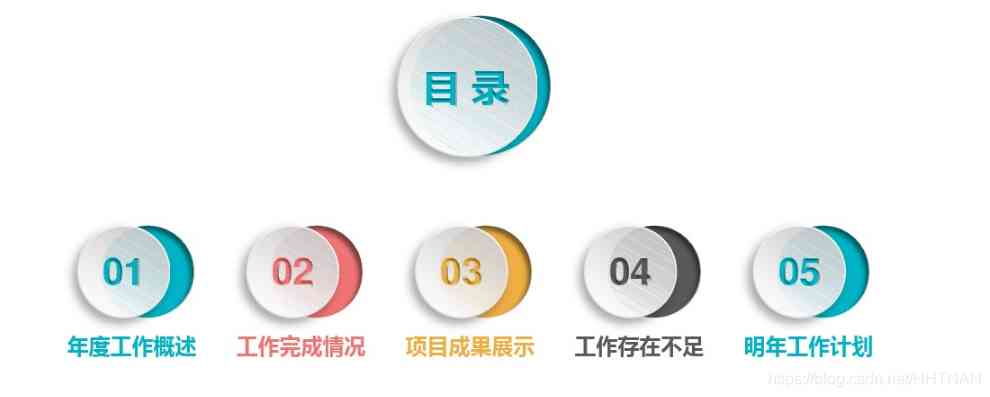当前位置:网站首页>(2)ASP.NET Core3.1 Ocelot路由
(2)ASP.NET Core3.1 Ocelot路由
2020-11-06 20:13:00 【itread01】
1.路由
前一個章節我們已經介紹過Ocelot,相信大家也瞭解到,Ocelot的主要功能是接收客戶端等傳入的HTTP請求,並將其轉發到下游服務。Ocelot當前僅以另一個http請求的形式支援此功能(將來可能是任何傳輸機制)。
Ocelot將一個請求路由到另一個請求。為了讓Ocelot正常工作,您需要在配置中設定一個Route。下面我們就Ocelot基礎專案構建簡單介紹下路由功能。
2.Ocelot基礎專案構建(APIGatewayBasicDemo)
現在我們根據GitHub貢獻者開源專案來學習Ocelot,根據下載下來Ocelot基礎專案結構來看,我們能看到有一個閘道器專案(APIGateway),一個客戶API專案(CustomersAPIServices),一個產品API專案(ProductsAPIServices)。如下圖所示:
2.1Ocelot閘道器配置
APIGateway閘道器專案根目錄下面有一個configuration.json配置檔案,內容如下:
{
//Routes:處理上游請求的物件(客戶端),每個陣列{}就是配置:上游地址和對應下游地址
"Routes": [
{
//以Downstream開頭的,是要轉發到下游伺服器的地址(CustomersAPIServices),與nginx轉發類似
//下面所有Downstream開頭的,組成一個轉發url,轉發地址是http://localhost:9001/api/customers
"DownstreamPathTemplate": "/api/customers",
"DownstreamScheme": "http",
// "DownstreamHost": "localhost",
// "DownstreamPort": 9001,
//轉發到下游伺服器的主機和埠。
"DownstreamHostAndPorts": [
{
"Host": "localhost",
"Port": 9001
}
],
//Upstream開頭是指上游伺服器(客戶端)訪問地址,通過http get方式訪問。
//也就是說客戶端訪問http://localhost:9000/customers 實際是轉發到了http://localhost:9001/api/customers的服務
"UpstreamPathTemplate": "/customers",
"UpstreamHttpMethod": [ "Get" ]
},
{
"DownstreamPathTemplate": "/api/customers/{id}",
"DownstreamScheme": "http",
// "DownstreamHost": "localhost",
// "DownstreamPort": 9001,
"DownstreamHostAndPorts": [
{
"Host": "localhost",
"Port": 9001
}
],
"UpstreamPathTemplate": "/customers/{id}",
"UpstreamHttpMethod": [ "Get" ]
},
{
"DownstreamPathTemplate": "/api/products",
"DownstreamScheme": "http",
// "DownstreamPort": 9002,
// "DownstreamHost": "localhost",
"DownstreamHostAndPorts": [
{
"Host": "localhost",
"Port": 9002
}
],
"UpstreamPathTemplate": "/products",
"UpstreamHttpMethod": [ "Get" ]
}
],
//全域性配置,允許覆蓋Routes特定設定
"GlobalConfiguration": {
"RequestIdKey": "OcRequestId",
"AdministrationPath": "/administration"
}
}
下面我們就檔案中這些屬性進行解釋:
DownstreamPathTemplate:下游路由服務地址。
DownstreamScheme:下游服務地址訪問協議型別http或者https。
DownstreamHostAndPorts:是一個數據集合,用於定義您希望將請求轉發到的任何下游服務的主機和埠。通常,它僅包含一個條目,但是有時您可能希望對下游服務進行負載均衡請求,Ocelot允許您新增多個條目,然後選擇一個負載均衡器。
UpstreamPathTemplate:上游服務地址,即下游服務真實訪問地址。
UpstreamHttpMethod:上游服務HTTP請求方式,例如Get、Post。
GlobalConfiguration:顧名思義就是全域性配置,此節點的配置允許覆蓋Routes裡面的配置,你可以在這裡進行通用的一些配置資訊。
在Ocelot中,您可以以{something}的形式將變數的佔位符新增到模板中。佔位符變數需要同時存在於DownstreamPathTemplate和UpstreamPathTemplate屬性中。當設定為Ocelot時,Ocelot將嘗試為每個請求Ocelot程序將UpstreamPathTemplate佔位符中的值替換為DownstreamPathTemplate。例如上述/customers/{id}。
2.2Core專案中新增Ocelot支援
現在我們在core專案中新增Ocelot支援,程式碼如下:
public static IWebHostBuilder CreateWebHostBuilder(string[] args) =>
WebHost.CreateDefaultBuilder(args)
//.UseStartup<Startup>()
//設定閘道器url
.UseUrls("http://*:9000")
.ConfigureAppConfiguration((hostingContext, config) =>
{
//新增Ocelot配置檔案
config.SetBasePath(hostingContext.HostingEnvironment.ContentRootPath)
.AddJsonFile("configuration.json")
.AddEnvironmentVariables();
})
.ConfigureServices(s =>
{
//新增Ocelot服務
s.AddOcelot();
s.AddMvc().SetCompatibilityVersion(CompatibilityVersion.Version_2_1);
})
.Configure(a =>
{
//使用Ocelot中介軟體
a.UseOcelot().Wait();
});
Ocelot的配置如上程式碼基本完成了,下面我們看看一個基礎Ocelot路由正常工作流程。
CustomersAPIServices專案的CustomersController有如下兩個方法:
[Route("api/[controller]")]
public class CustomersController : Controller
{
[HttpGet]
public IEnumerable<string> Get()
{
return new string[] { "Catcher Wong", "James Li" };
}
[HttpGet("{id}")]
public string Get(int id)
{
return $"Catcher Wong - {id}";
}
}
ProductsAPIServices專案的ProductsController有如下一個方法:
[Route("api/[controller]")]
public class ProductsController : Controller
{
[HttpGet]
public IEnumerable<string> Get()
{
return new string[] { "Surface Book 2", "Mac Book Pro" };
}
}
上面這三個下游路由地址根據configuration.json配置檔案都分別配置了上游分發地址,我們把這三個專案根據配置資訊分別在IIS上部署起來,當然你們也可以使用dotnet run命令分別啟動這個三個專案。APIGateway、CustomersAPIServices、ProductsAPIServices專案繫結主機地址分別是http://localhost:9000、http://localhost:9001、http://localhost:9002。
當我們在瀏覽器上開啟http://localhost:9000/customers時候,會發現瀏覽器上輸出如下資訊:
為什麼輸入閘道器主機地址,返回過來卻是客戶主機處理結果?那是因為當客戶端訪問上游服務http://localhost:9000/customers時候,Ocelot會根據配置資訊中下游模版把請求分發到http://localhost:9001/api/Customers/Get去處理,然後返回結果。
而當我們開啟http://localhost:9000/customers/1時候,也會輸出如下資訊:
配置資訊中上游模版/customers/{id}對應下游模版/api/customers/{id},當我們請求的路徑為http://localhost:9000/customers/1時候,Ocelot會根據配置資訊分發到對應的下游路由http://localhost:9001/api/Customers/Get/1去處理,然後返回結果。
同理,當客戶端訪問上游服務http://localhost:9000/products時候,Ocelot也會分發到對應的下游路由http://localhost:9002/api/Products去處理,然後返回結果:
根據上面測試結果,也就是說我們的Ocelot已經在起作用了,而且根據上下游路由進行了對映。當然該章節也只是簡單介紹Ocelot路由功能,而configuration.json配置中有些屬性還沒有進行描述,例如負載均衡、限流,熔斷等等。下面我會繼續根據GitHub貢獻者開源專案繼續講解其功能。
參考文獻:
Ocelot官網
版权声明
本文为[itread01]所创,转载请带上原文链接,感谢
https://www.itread01.com/content/1604649902.html
边栏推荐
猜你喜欢
随机推荐
C++和C++程序员快要被市场淘汰了
7.2.2 compressing static resources through gzipresourceresolver
iptables基礎原理和使用簡介
Want to do read-write separation, give you some small experience
Kitty中的动态线程池支持Nacos,Apollo多配置中心了
Electron应用使用electron-builder配合electron-updater实现自动更新
如何将数据变成资产?吸引数据科学家
文本去重的技术方案讨论(一)
遞迴思想的巧妙理解
使用NLP和ML来提取和构造Web数据
Microservices: how to solve the problem of link tracing
有关PDF417条码码制的结构介绍
嘘!异步事件这样用真的好么?
TensorFlow2.0 问世,Pytorch还能否撼动老大哥地位?
【快速因數分解】Pollard's Rho 演算法
大数据应用的重要性体现在方方面面
分布式ID生成服务,真的有必要搞一个
Basic principle and application of iptables
GUI 引擎评价指标
Elasticsearch 第六篇:聚合統計查詢






